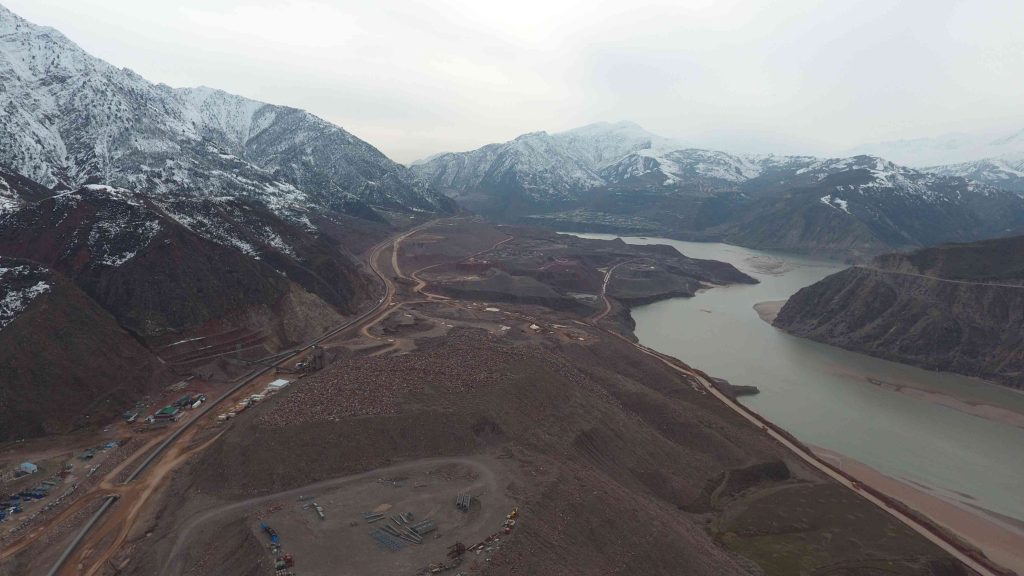In March 2024 17 civil society groups sent an appeal to the World Bank and 10 more international banks and funds urging them to rethink approach to the Rogun Hydro in Tajikistan.
After 40 days of silence The World Bank issued a detailed response which, instead of answering specific CSOs’ questions , reiterates questionable statements from the substandard “Update of Environmental and Social Impacts Assessment” for the Rogun HPP Project. The most vividly this comes up in the discussion about the “avoided CO2 emissions” ,which allegedly helps to fulfill the Paris Agreement objectives.
The CSOs repeatedly argued that development of the Rogun HPP will not reduce emissions from the country’s energy system, but instead increase those by at least 50%. They also suggested that many other faster and cheaper alternative solutions to Tajikistan’s energy crisis are readily available but have not been considered and assessed by the WB-sponsored 2023 ESIA.
To repel criticisms the World Bank wrote an obviously absurd excuse:
“One of the key benefits of Rogun HPP is the avoided cost (and associated CO2 emissions) of alternative generation required to meet electricity demand in the absence of Rogun HPP. Without the Project, between 2024-2050, Tajikistan would need to construct a new 250 MW gas-fired thermal combined cycle gas turbine plant (CCGT), 2,900 MW of solar PV, and 600 MW of wind projects ….”
Unfortunately, this “alternative” has not been included in the so-called “analysis of alternatives” section of the Rogun HPP ESIA. Our estimates show that the construction cost of the WB-conceived “alternative” is two-three times lower than for the completion of the Rogun HPP, which was assessed as USD 6.4 billion in February 2024. The “alternative” could be developed 3-5 times quicker, which is an important consideration given regular blackouts in Tajik energy system. As for carbon emissions, from the “alternative” they would be comparable or lower than those from the completion and operation of the Rogun dam. Finally, if a hypothetical 250 MW gas-fired plant inserted to boost maneuvering capacity is substituted by the use of abundant already existing hydropower capacity, then reliability of this combination increases (Tajikistan has no gas), while emissions would be far less than from the Rogun HPP.
While defending the myth about the “Paris alignment” of the Rogun HPP Project, the World Bank so far has failed to present credible evidence that:
- Completing the “tallest megadam in the world” is the best among possible alternatives for decarbonizing the Central Asia.
- Project will guarantee timely alternatives to development of new fossil-fuel generation rather than serve as a convenient smokescreen for such development in other countries of Central Asia.
- Electricity produced from the megadam will be competitive compared with possible alternatives.
- The megadam and its electricity will be affordable for poor local consumers and will not result in increased costs of living for Tajik and Central Asian communities, while delaying by a decade their access to clean electricity.
Actually, the Summer 2024 report on Tajikistan’s economy issued by the World Bank explicitly shows that the main reason for serious increase in inflation is the 16% hike in electricity prices. The increase was caused by the IMF and WB requesting Tajikistan to increase tariffs to “recover production and construction costs”.
Related reading:



